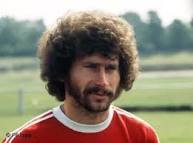
Avoiding one-on-one situations needs to be a thing of the past. How do we get around this? We encourage dribbling. Don’t yell at players if they lose the ball. Don’t scream and pout if players dribble. “Creativity takes courage, ” Henri Matisse. We have the Breitner’s and Rivaldo’s, however, they keep getting fed the same message: “Cut it out.” And they will continue receiving that message as long as the soccer culture remains the same.
A few keys to making one-on-one skill better are: individual rehearsal of moves; one-on-one simulations; a cultural understanding and acceptance that dribbling must be done more; acceptance of failure; style in dribbling.
Our basketball culture has everything right. We take the best dribblers, and make them good passers (most of them already are), which is the make-up of the NBA. Soccer has to adopt that mentality. If they dribble too much, then that’s for the coach to figure out. Let the players play, and dribbling should be a “green light” for them. The mental side to this is most important. Allow the dribbling and it will work out in the long run. Construct schemes in practice to implement dribbling to the point where it becomes normal. One-on-one competition should be a regular routine. Actors in a play or a movie don’t read the script once or twice and then jump right in. I’m sure they can, and I’m sure it’s been done, but the best method would be to memorize the lines, and from that point, once that has been established, the actors can go off script and improvise, and always be able to return to the script from there. And the best way to know, and memorize, the lines, is to practice by repetition. The director has a story to tell, and he or she will probably be okay with a little improvisation as long as the actors have the story in mind. After all, in plays there are times when a mistake will be made, or an actor forgets their line, and improvisation is the only way to get back on track. In movies, improvisation might be a technique used to enhance the scene. Either way, the actors must have the main line of the story in mind, to keep it in line with the director’s vision, and the best way to achieve this is to know the lines by memory, hence, repetition in rehearsal. In soccer, you have to approach one-on-one skill the same way. Dribbling is often improvisational, and at some point the players must fall back in line with the script – or the structured passing system they should be familiar with. Dribbling (and the passing system) must be rehearsed over and over, until the players get sick of it. It has to be engrained in their muscle memory. You can’t expect a player to do one-one-one drills for one-fourth of a practice, only one day in the week, and step into a game and perform. It’s insanity. There are thousands of people showing up for games. All eyes are on the players. Crowds can sense fear, or stage fright, in a heart beat. Everyone’s going to be somewhat nervous. Lawrence Olivier threw up before every live performance. He was the best actor of his day. No matter who you are there will be some stage fright. Practice is the best place to get the jitters out. Some think scrimmaging in practice is enough and others set aside actual one-on-one simulations. The one-on-one simulations need to be a stronger focus for American teams. This and the understanding from everyone – players, coaches and fans – that dribbling will be a constant artifice in games is the next important step in getting the players comfortable with consistently taking the spot light in big games.
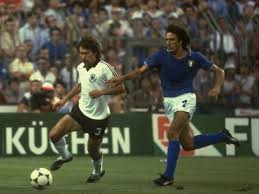
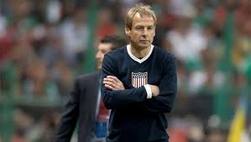


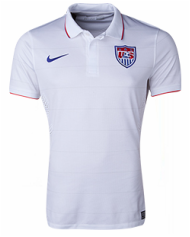
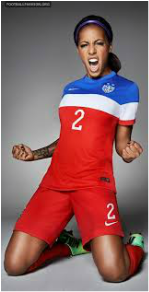
 RSS Feed
RSS Feed